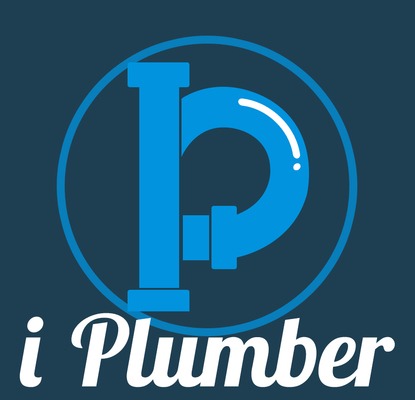Usually, calling a professional when you’re dealing with a plumbing emergency is probably your first instinct. However, you should know that multiple fixtures can be carried out easily without an expert’s assistance, as long as you have some basic DIY skills, a toolkit, and a few easy-to-understand instructions.
You have apps, step-by-step tutorials, guides and other informative resources that help you tackle minor plumbing projects without the actual visit of a certified plumber. But which exactly are the plumbing repairs you can do yourself? Here are the easiest and most common fixes:
Fixing a leaky faucet
You’ve probably dealt with a leaky faucet at least once in your life. Whether the leak came from around the faucet handles or there’s a drip from the water spout, you can rapidly remediate the situation. Learn the basic types of faucets and how to tell them apart, establish which faucet design you have and use the recommended instruction to fix the problem. Make sure to shut off the water under the sink before you start and to close the sink drain as well. Usually, for single-handle and two-handle faucets all you’ll have to do is remove the handle, take out the mechanism and replace whatever part needs replacement (you can get a replacement kit from the store).
Unclogging drains
If one of your main drain lines is slow or has stopped working, unclogging it will take you somewhere around 30 minutes. You’ll need an adjustable wrench, a handheld auger or snake and a socket wrench. Find the most convenient access point, open it using an appropriate tool, use either the handheld auger or snake according to the manufacturer’s instructions (back and forth movements usually work), flush the drain using warm water to clear the debris. You’ll find plenty of videos and guidelines online that show you each step you need to take to unclog a stopped or slow drain – it’s a fixture less complicated than you’d expect.
Stopping a running toilet
A faulty floater switch or stop valve are the most common causes of a running toilet. You could jiggle the handle to stop the running toilet, but this will only be a temporary solution. What you are recommended to do here is to replace the entire assembly (the bulb in the back of the toilet stopping the water flow into the toilet when the tank is full). This will allow you to fix the problem permanently. You may need a few tools for this project, such as adjustable wrench, pliers, wire cutters, new flapper/ float/valve (depending on the exact issue).
Upgrading a showerhead
Replacing your showerhead is necessary from time to time. Whether it’s no longer working properly, or you want a newer or a low-flow version, upgrading your showerhead is a simple project you can do on your own. Get a new showerhead, some Teflon tape, a pair of pliers or a wrench, and some rust remover. Follow the necessary instructions and in less than 30 minutes, you’ll be done.
Bottom line
Next time one of your faucets is leaking, or you’re dealing with a running toilet, get your toolkit and your handyman skills and tackle the issue yourself. You don’t need to be a certified plumber to deal with these few common repairs, especially with so many helpful tutorials and guides available.


You must log in to post a comment.